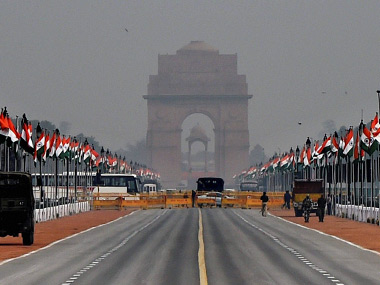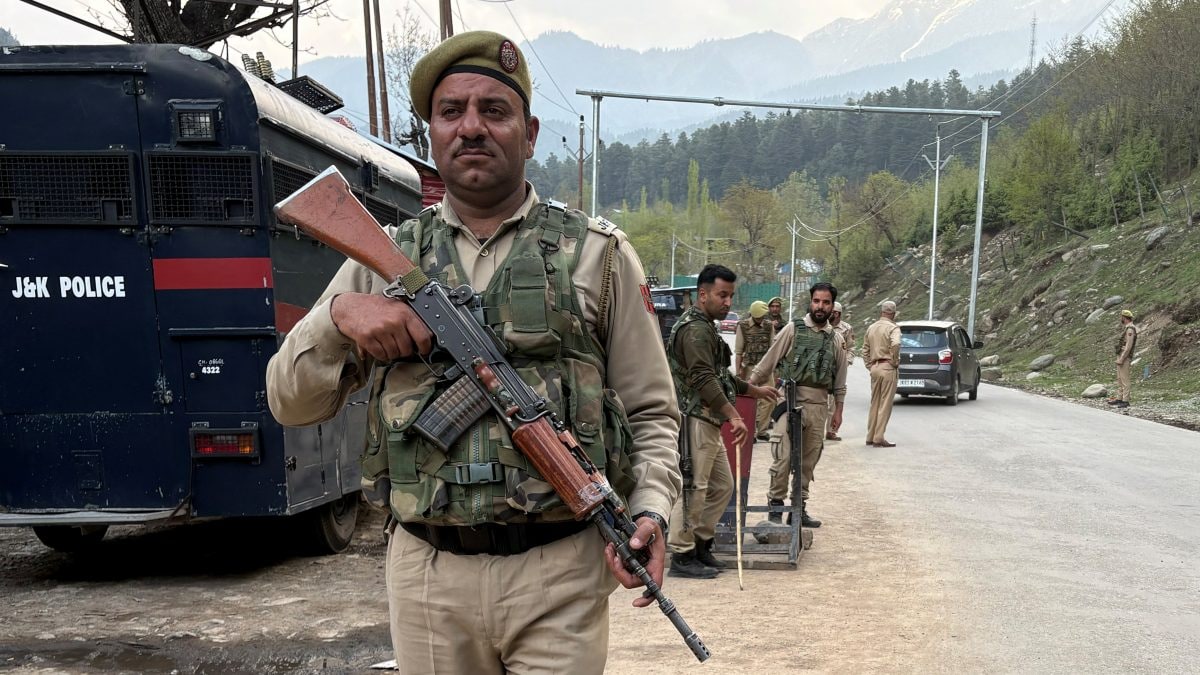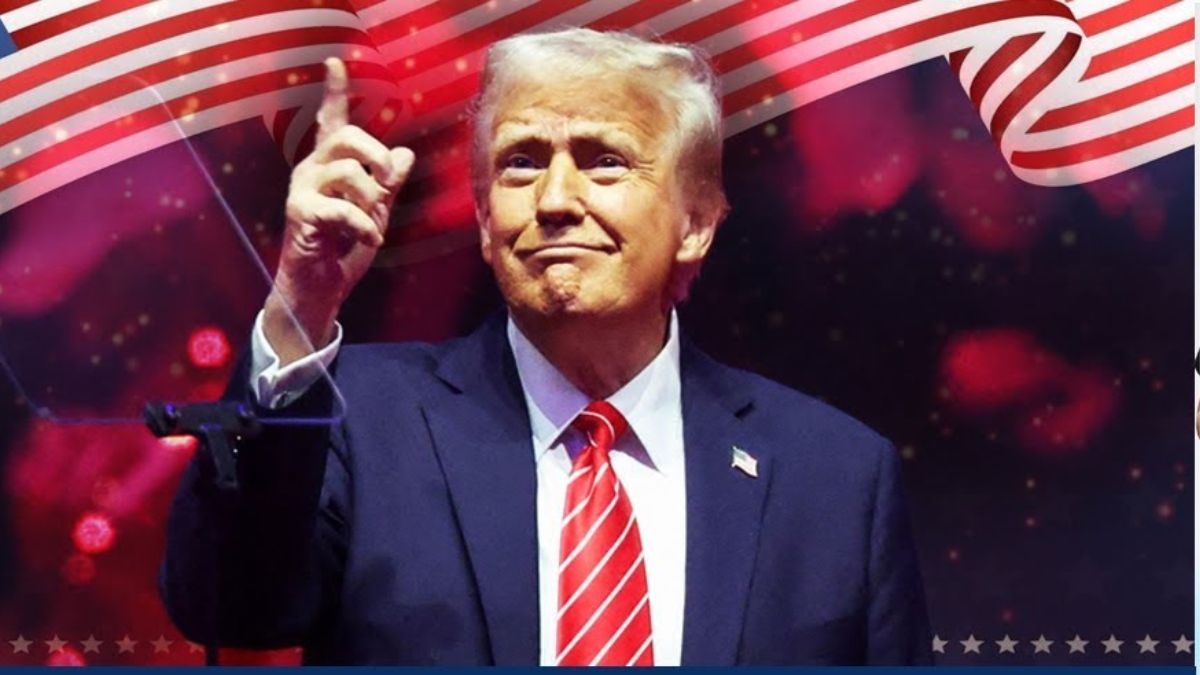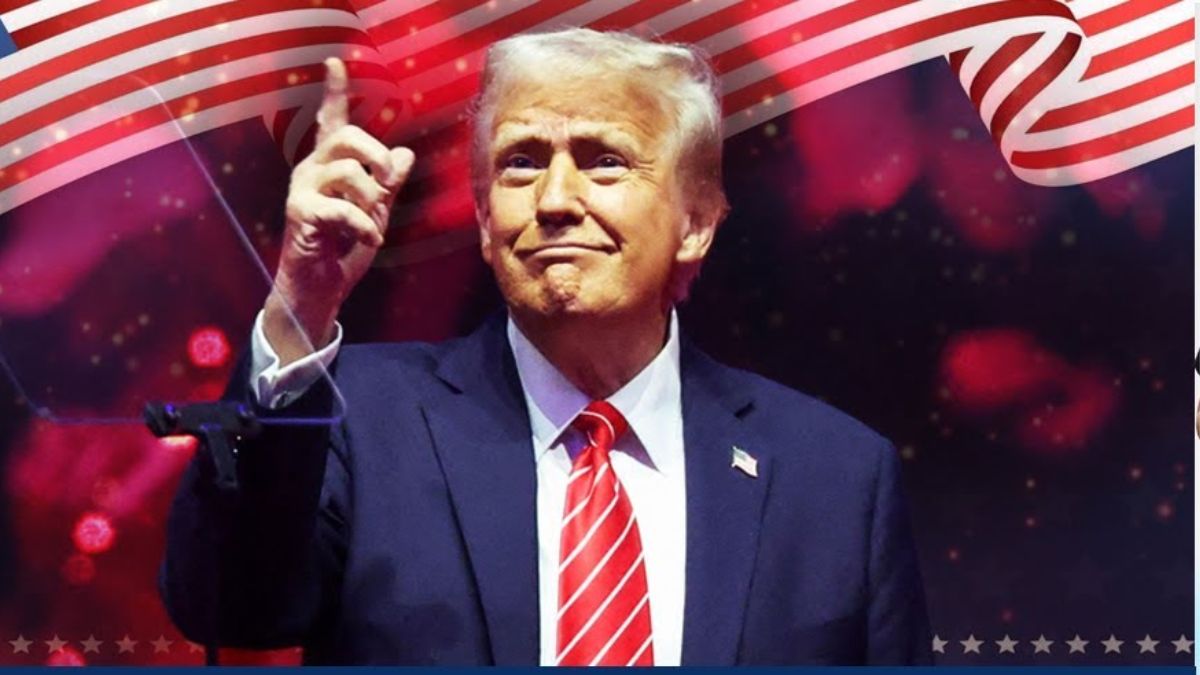Editors Note: As India readies to celebrate its 69th Republic Day on 26 January, this five-part series will examine how India’s Constitution came to be, how it has been contested over the years and what potential challenges lie ahead.
***
When India was drawing up her Constitution, there weren’t too many examples for her to refer to. Not many Constitutions at that point had stood the test of time. The British Constitution was not codified and was based on convention. While its principles could be adopted, it offered little drafting precedent. The Swiss with their then-three-hundred-year-old Constitution were there, but their Constitution was for a tiny, highly federal State, and was unsuitable for a country like India. There were the British North America Acts which formed the Constitution for Canada and the Commonwealth of Australia Constitution Act, 1900 but they retained constitutional links with the United Kingdom.
Two young Constitutions were useful though: one was the Constitution of the Irish Free State, 1922 and the other was the Constitution of the Weimar Republic, 1919. Though one was new and one was a failure (thanks to Hitler), both provided certain guiding principles. The other key inspiration was of course, the US Constitution: one which was more than 200 years old at the time, and had served a large nation like the United States quite well.
The drafting committee of the Constituent Assembly studied these constitutions in detail. The members of the Drafting Committee were:
- Chairman: Dr BR Ambedkar
- N Gopalaswamy Ayyangar
- Krishnaswamy Ayyar
- Dr KM Munshi
- Syed Mohammad Saadullah
- BL Mitter (who resigned due to ill health and was replaced by N Madhava Rau)
- DP Khaitan (who passed away in 1948 and was replaced by TT Krishnamachari)
They were appointed on 29 August, 1947 and took 141 days to prepare the first draft of the Constitution. The nation must be grateful that the committee was chaired by an able statesmen and draftsman in the form of Dr BR Ambedkar. The committee — after detailed studies — published the first draft of the Constitution for public discussion and comments. The draft Constitution looked slightly different from the one that was enacted but retained the core basic principles:
Impact Shorts
More Shorts- A Republican State
- A Parliamentary form of government
- A Federal structure
- Fundamental Rights
- An independent judicial branch
This constitutional structure is often called an Eastminster Constitution as it is effectively an enactment of the British Constitution, under a republican system of government. The President would take the role normally exercised by the King/Queen, and the rest of the State would function like the British system did. Except there would be one key difference, power would not derive from the President but from the Constitution, which meant that all offices were creatures of the Constitution and therefore ultimately subject to its supremacy. This laid down the framework for judicial review of legislative and executive acts for compatibility with the Constitution.
The main base on which our Constitution was built however, was the Government of India Act, 1935. This was because this Act was supposed to be our Constitution after independence anyway. It was prepared after a series of Round Table Conferences. Though what finally came was not what the Indian leaders wanted, many features such as state governments, division of powers, high courts and a Federal Court (now a Supreme Court), the All India Services, the Comptroller Auditor General, were all key features from the Government of India Act.
The act was a prelude to the modern Constitution and the fact that the new Constitution resembled the Act, made it quite easy for the new Indian State to take charge quickly and effectively. There were fewer offices to create and not many changes in existing offices at the time of commencement. Instead of swearing oaths to the King, new officers would swear an oath to the Constitution and that would largely be the end of transition in India.
When Louis Mountbatten, our first head of state was being dispatched to India to become her last viceroy, he had one thing in mind: his cousin, King George VI should somehow remain linked to the country even after independence. The Commonwealth of Nations was an association of free nations that shared a common head of state.
Of course when the British Government heard that India planned to declare herself a Republic, there were moments of panic. Furious negotiations followed between London and New Delhi as to the future position of the King. Suggestions were exchanged that the royal family could be good for India, or that the President of India could be the representative of the monarch in India or that the King could be the President of India. Finally, it was agreed that India would be a Republic but would remain a member of the Commonwealth, accepting the King as a symbol of free association. There would be no constitutional ties, the Commonwealth being just like any other international organisation. Nehru felt that remaining in this organisation would be of great economic and political benefit to the country and had to fight many Indian Republicans and members of his own party to see it through.
On 26 April, 1949 at London, a declaration was made by the other members of the Commonwealth allowing India to remain a member despite being a Republic. Ireland who had declared itself a Republic earlier was not given this benefit.
A passing note before we finish this part of the series and move to the history of our Constitution post-1950. While students of Indian history are well acquainted with the Indian leaders who fought for Independence and the events that led to it from an Indian perspective, there has been a dearth of understanding of what happened at the other end, and in the global context as a whole. The fight for Indian independence and India’s future Constitution did not just happen in India but happened in London, Washington, Moscow and other parts of the world. It involved people like Claude Auchinleck, who was the Commander-in-Chief of the Indian Army during the British era. When he was made Field Marshall, he refused the customary peerage that came with it as he didn’t want to be associated with something like Partition, a policy that he found dishonourable. It involved people like Lord Mountbatten, at whose instance Nehru insisted that the Maharaja of Kashmir accede to India before military aid would be provided to him. It had people like BG Horniman, a British journalist who was expelled by the Colonial Government of the day for sneaking out photographs and reports of the the massacre at Jallianwala Bagh in Amritsar so that the world could know about the atrocities and it also involved members of the House of Commons who wanted to see Dyer hanged for what he had done.
A nationalist reading of our history, while it may fuel our patriotic spirit, will never let us fully grasp our past. This author doesn’t defend the British administration of India. All this author says is that a full understanding of what went on, is vital to understand the events of today. For there is a reason why our police still wear Khaki and people still salute a District Collector as they tour a village and this reason lies buried in those pages.


)

)
)
)
)
)
)
)
)



